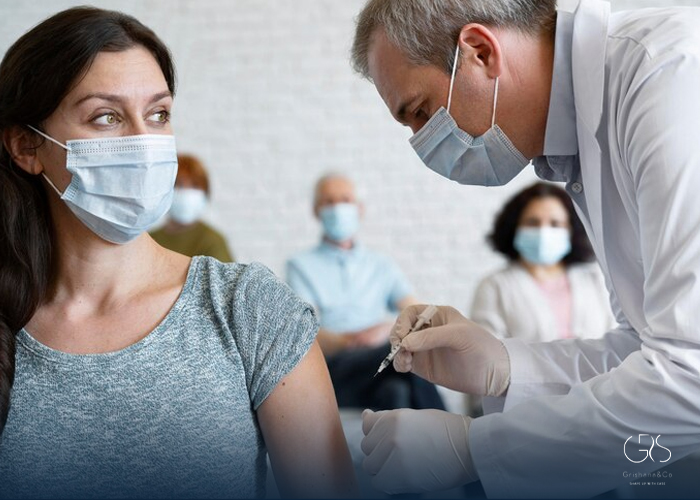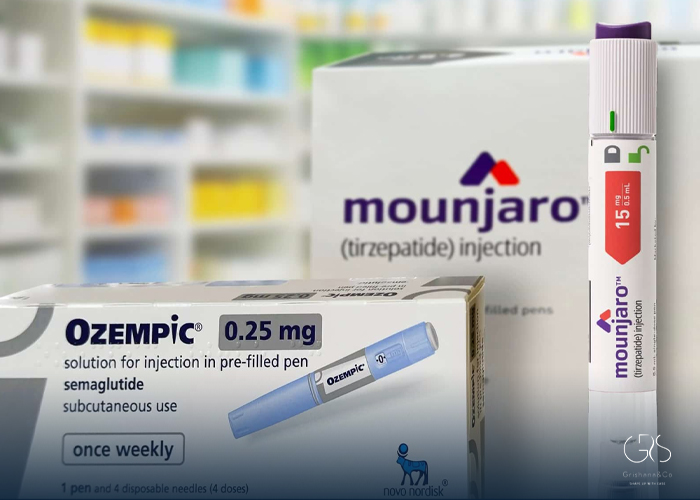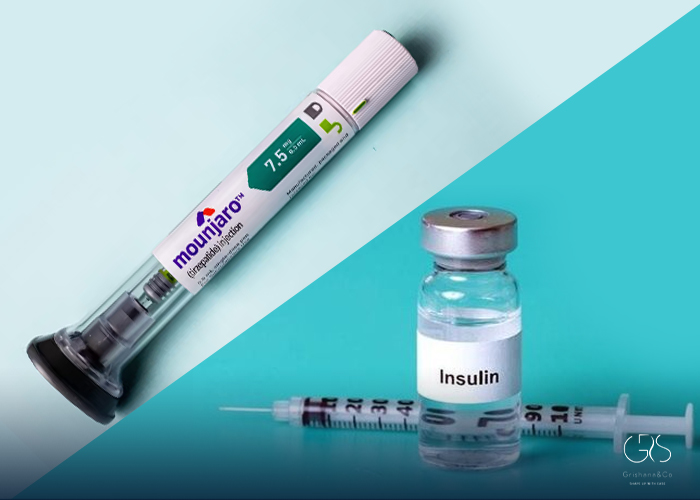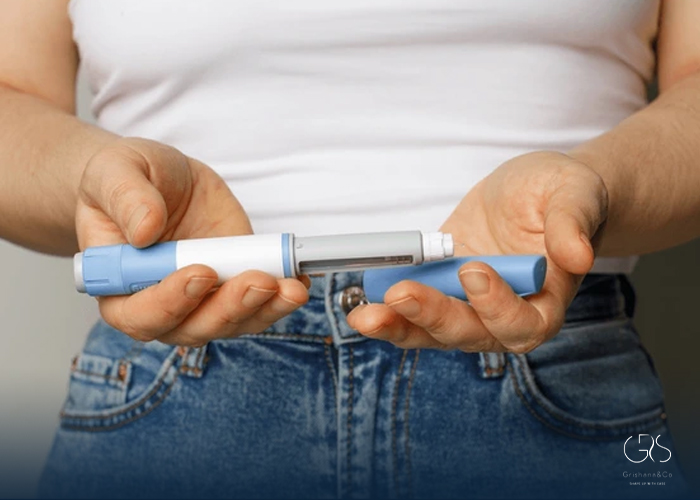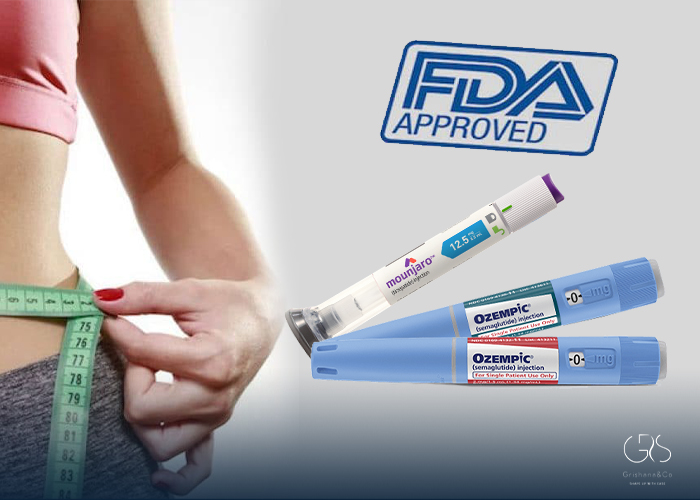Human papilloma virus (HPV) is the most common sexually transmitted infection in the United States, with nearly 80 million Americans currently infected and approximately 14 million new cases each year. While the HPV vaccine is typically recommended for adolescents and young adults, the question arises – can adults also receive the HPV vaccine? In this article, we will explore the importance of the HPV vaccine for adults, consider diverse perspectives, and provide relevant statistics on HPV infection rates and vaccination rates among adults.
Why Should Adults Consider Getting the HPV Vaccine?
The HPV vaccine is primarily known for its role in preventing cervical cancer in women. However, HPV infections can also lead to other types of cancer, including anal, penile, and oropharyngeal cancers. In fact, the Centers for Disease Control and Prevention (CDC) estimates that approximately 91% of cervical cancers, 75% of vaginal cancers, and 63% of penile cancers are attributable to HPV.
For adults who may not have received the HPV vaccine during their adolescence, getting vaccinated can still provide protection against new HPV infections and reduce the risk of developing related cancers. HPV vaccination is recommended for all adults up to the age of 45, but it is especially important for those who are at higher risk due to factors such as multiple sexual partners or a history of certain cancers.
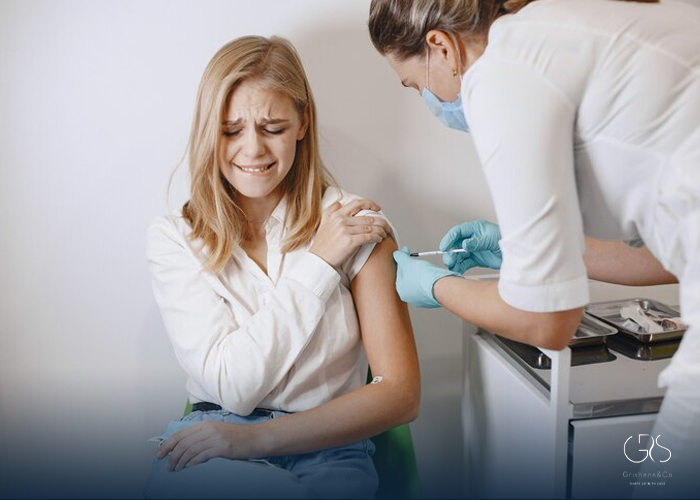
Perspectives on HPV Vaccination for Adults
Medical Perspective
From a medical standpoint, the HPV vaccine has been shown to be safe and effective in preventing HPV infections and related cancers. Studies have demonstrated that the vaccine is highly effective in reducing the prevalence of HPV strains covered by the vaccine, leading to a significant decrease in HPV-related diseases.
The CDC recommends that all adults up to age 45 receive the HPV vaccine, regardless of their sexual history. By increasing vaccination rates among adults, healthcare providers can help reduce the overall burden of HPV-related cancers and improve public health outcomes.
Personal Perspective
For adults considering the HPV vaccine, personal beliefs and experiences may influence their decision. Some individuals may be hesitant to receive the vaccine due to concerns about side effects or misconceptions about HPV and vaccination. It is important for healthcare providers to address these concerns and provide accurate information to help adults make informed decisions about their health.
On the other hand, many adults may view the HPV vaccine as a preventive measure that can help protect themselves and their partners from HPV infections and related cancers. By choosing to get vaccinated, adults can take control of their health and reduce their risk of developing potentially life-threatening conditions.
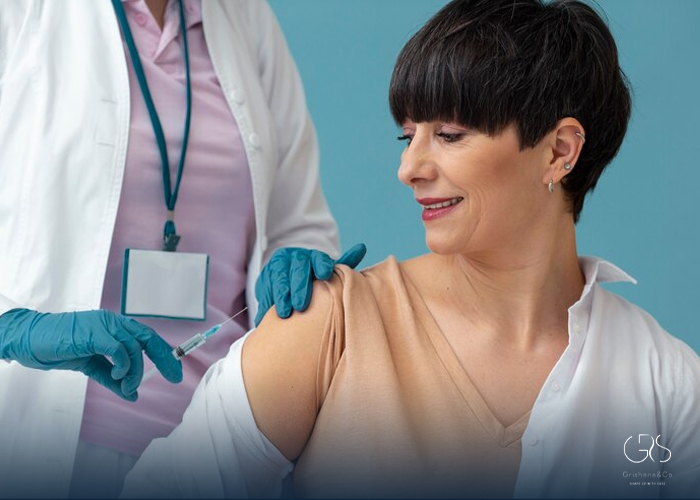
HPV Infection and Vaccination Rates Among Adults
Despite the benefits of the HPV vaccine for adults, vaccination rates remain relatively low compared to other vaccines. According to the CDC, only 22.1% of adults aged 19-26 have received all recommended doses of the HPV vaccine, while vaccination rates among older adults are even lower.
The low vaccination rates among adults may be attributed to a lack of awareness about the importance of the HPV vaccine, as well as barriers to accessing healthcare services. By increasing education and outreach efforts, healthcare providers can help raise awareness about the benefits of HPV vaccination for adults and encourage more individuals to get vaccinated.
Conclusion
In conclusion, adults can and should consider getting the HPV vaccine to protect themselves against HPV infections and related cancers. The vaccine is safe and effective, and by increasing vaccination rates among adults, we can help reduce the burden of HPV-related diseases in our communities. It is essential for healthcare providers to educate adults about the importance of the HPV vaccine and address any concerns or misconceptions they may have.
By taking proactive steps to increase HPV vaccination rates among adults, we have the opportunity to make a significant impact on public health and reduce the number of HPV-related cancers in the population.
Sources
- Centers for Disease Control and Prevention, Human Papillomavirus (HPV)
- American Cancer Society, Key Statistics for Cervical Cancer


